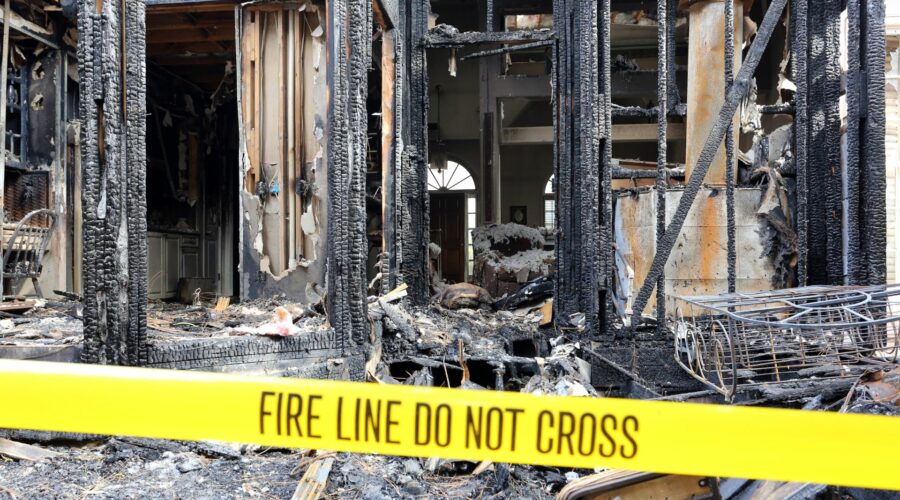
Why do my rates go up when I don’t have any claims?
Insurance companies raise rates to cover the cost of their overhead and the increase in the price of claims. Insurance companies have buildings they own, staff to pay, marketing budgets, etc. This part of the equation is more accessible for them to control and is less variable.
The cost to pay claims is far more volatile and complex. Different factors impact each line of coverage. Here are some examples:
- When wages increase, auto mechanics’ cost increases, making it more expensive to fix cars.
- Lawyers’ costs increase, making settling liability and workers’ compensation claims more expensive.
- The cost of plumbers, HVAC contractors, and electricians increases, which makes replacing or fixing equipment in your building more expensive.
- When building materials cost more, vinyl siding, asphalt shingle, wood, and copper cost more. The same materials for the same office building cost more year over year.
- When sexual abuse cases or cyber-attacks increase, insurance companies must pay more to settle claims.
- Medical bills become more expensive when science marches forward, and people live longer.
So even if you haven’t needed to file a claim, the probability that you might have a claim could have increased. Or, a claim you have next year could cost much more than the claim you experienced last year.
It’s all a numbers game.
Further Reading
Why Does My Auto Insurance Cost So Much – Daycares
There are several factors that influence the premium of your commercial auto insurance policy. In this video,...

What are Special Perils?
Insurance companies define the types of property claims that your policy will cover. There are two ways they can set up the program. Your insurance...
